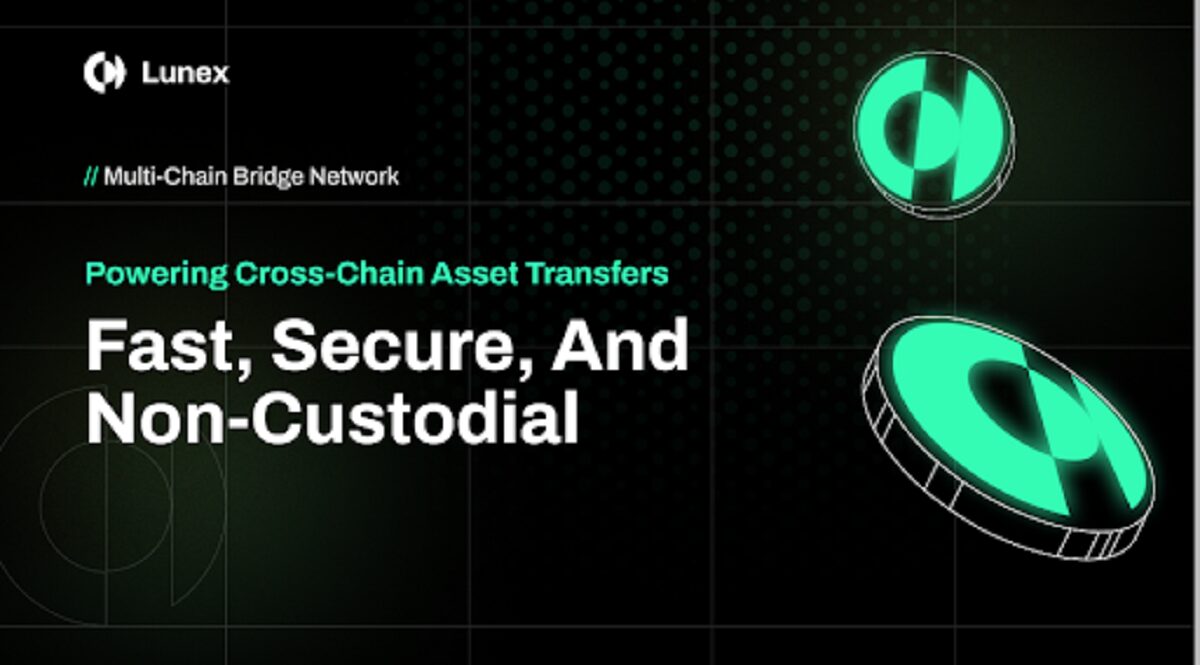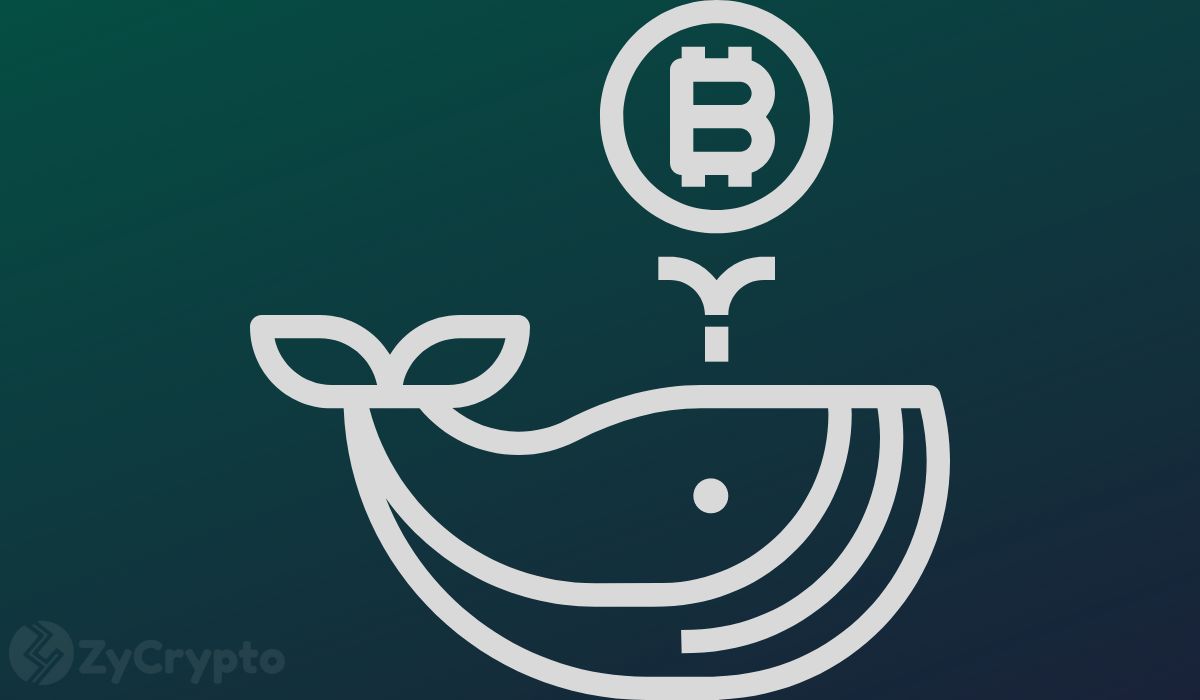ARTICLE AD BOX

When it comes to user adoption, not many cryptos can compete with Bitcoin (BTC) and Solana (SOL). Until now, maybe. Bitcoin adoption is growing at a rapid pace, and with its ETFs being the most successful to date, institutions are clearly wanting in.
Ethereum has always been regarded as the decentralized platform for developers, but now Solana is rising as a true contender. New decentralized exchange (DeFi) platform Lunex is giving both of these legacy cryptos a run for their money with innovation that the space has been crying out for since DeFi began. Let’s take a look at all three cryptos and see how they fare.
Bitcoin adoption is growing at its fastest rate
Bitcoin adoption is accelerating as more people seek financial assets outside of the dollar system in times of economic instability. In the U.S. alone, 40% of adults now own Bitcoin, up from 30% in 2023, and there’s a notable increase in women BTC investors—from 18% to 29% in 2024.
Bitcoin’s ability to facilitate cross-border transactions without intermediaries makes it especially appealing during crises, and as we know there are many going on. Activity has surged in the same time, with global ownership of Bitcoin growing at a staggering 99% compound annual rate.
Solana could take Ethereum’s throne
Bitcoin is out on its own, but Solana adoption is also growing, especially with NFTs, DeFi and other dApps. In 2023, Solana led the crypto market thanks to its NFTs, BONK and Dogwifhat, both of which have market caps in the billions.
Solana decentralized exchange Jupiter is competitive with over $600m volume on a daily basis, and while it isn’t competing with Ethereum’s biggest yet, the developer activity on Solana has exploded and makes it a credible threat.
Decentralized Exchange Lunex Network adoption looks baked in
Lunex Network adoption is almost guaranteed due to its innovative features that are reshaping the landscape of decentralized finance (DeFi) through its state-of-the-art decentralized exchange (DEX).
Designed for speed and efficiency, the platform facilitates fast, secure, and non-custodial cross-chain asset transfers. This makes it attractive to traders who value privacy, and makes it much easier for traders to carry out their trades, while also saving on transaction costs.
By supporting over 50,000 cryptocurrency pairs, Lunex Network allows users to trade seamlessly across multiple blockchains. This total is more than most centralized exchanges, but the real attraction is that their tokens don’t have to be sent to the exchange and instead are traded on-chain.
Another of Lunex Network’s standout features is its institutional-grade liquidity pool. This is attractive to both traders and investors because it ensures tight spreads and zero slippage for traders, while investors can earn passive income by supplying assets to these liquidity pools.
Another key adoption driver for Lunex Network is its priority of user empowerment and security. With a decentralized exchange structure, traders maintain full control over their private keys, which guarantees autonomy and reduces risks that are associated with centralized platforms.
Lunex Network is only in stage 2 of its presale, but its adoption is virtually assured thanks to its many innovative features. Never before has a DeFi platform offered everything their centralized counterparts offer, but with the added bonus of decentralized security, privacy, and seamless transactions.
You can find more information about Lunex Network (LNEX) here:
Website: https://lunexnetwork.com
Socials: https://linktr.ee/lunexnetwork
.png)
 1 month ago
5
1 month ago
5








 English (US)
English (US)